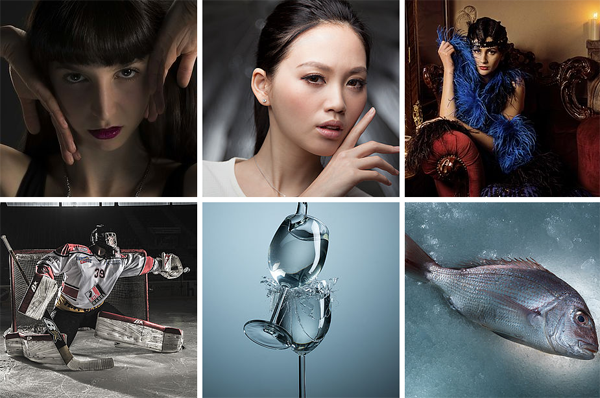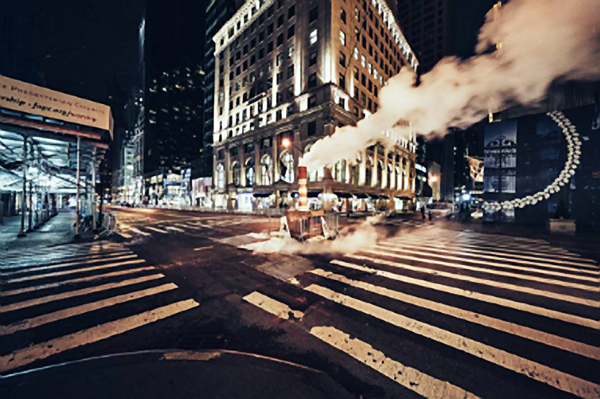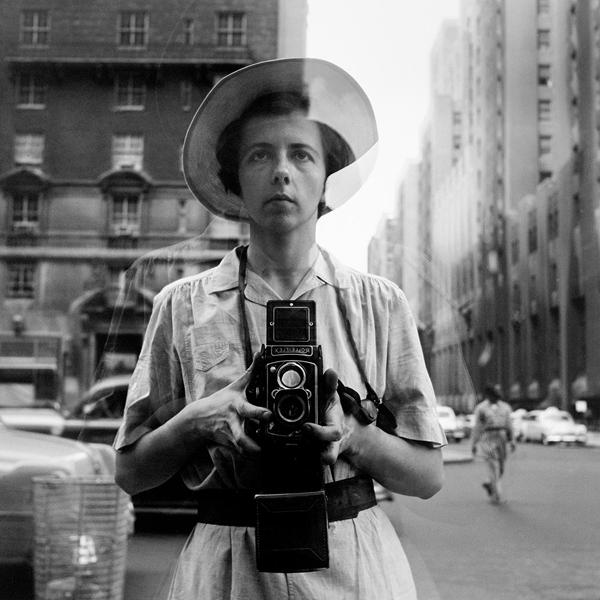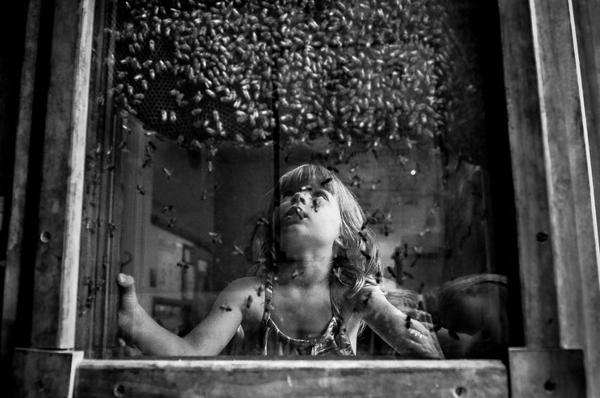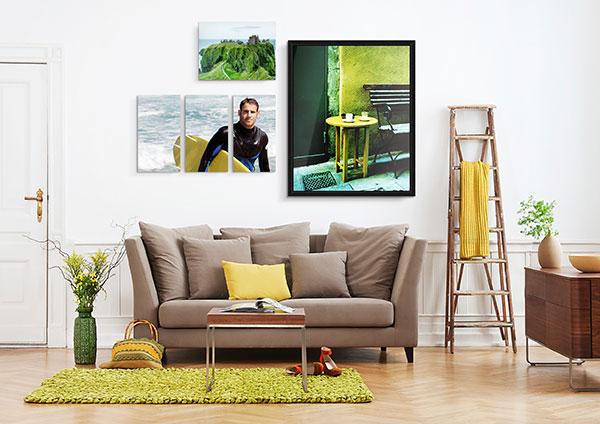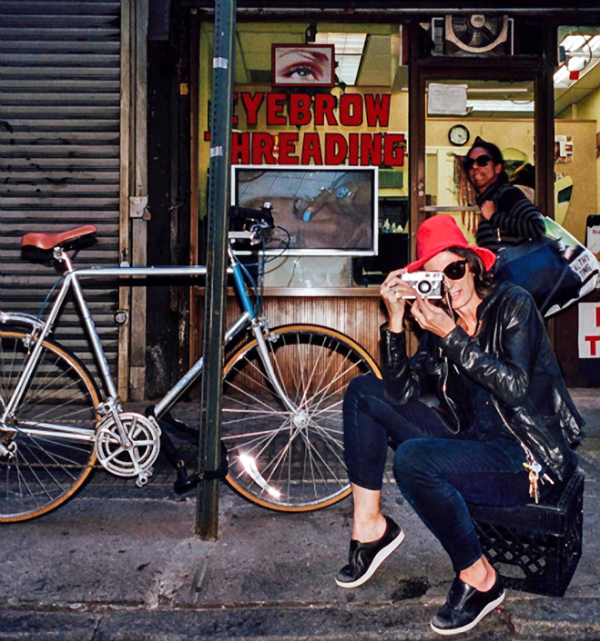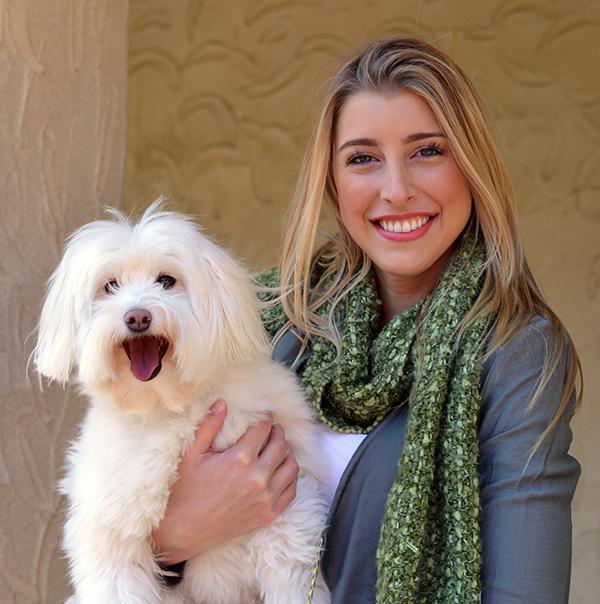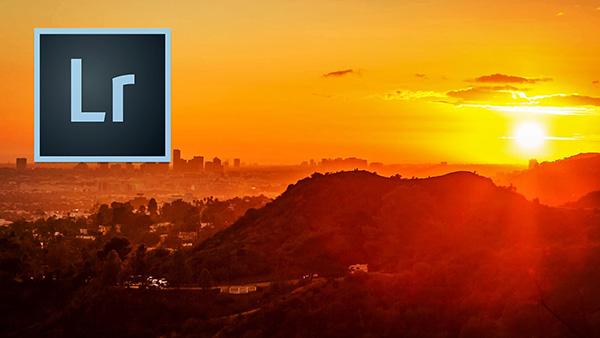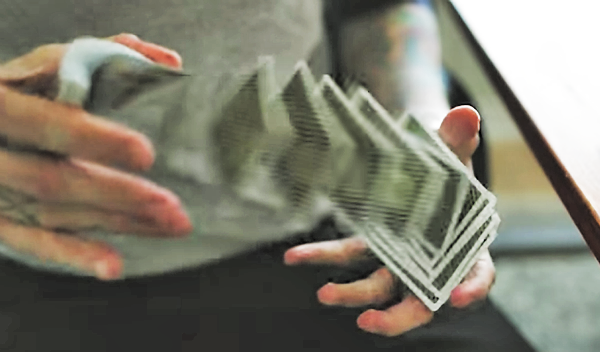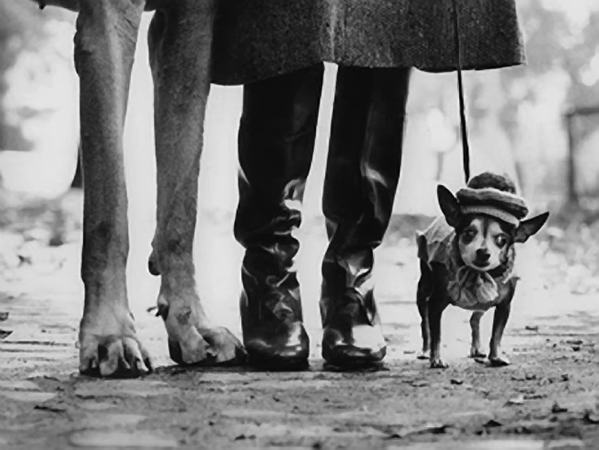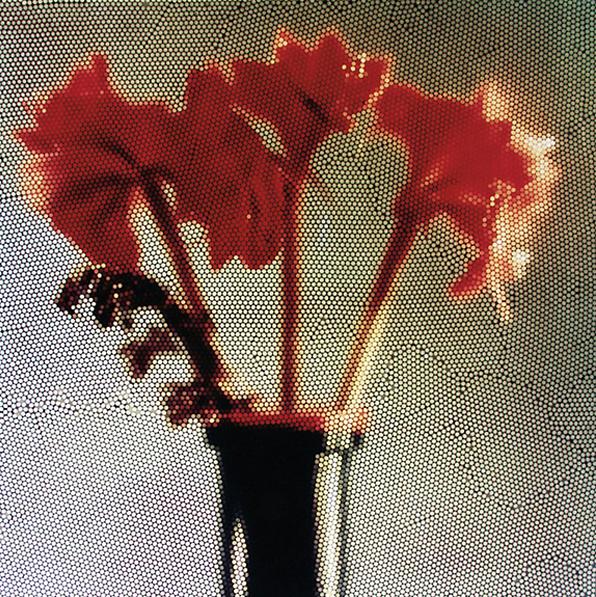Photo How To
Sort By: Post Date TitlePublish Date
|
Mar 14, 2017 |
|
Mar 09, 2017 |
|
Mar 09, 2017 |
|
Mar 08, 2017 |
|
Mar 07, 2017 |
|
Mar 07, 2017 |
|
Mar 07, 2017 |
|
Mar 06, 2017 |
|
Mar 03, 2017 |
|
Mar 02, 2017 |
|
Mar 02, 2017 |
|
Feb 27, 2017 |
|
Feb 24, 2017 |
|
Feb 24, 2017 |

